Taking long service leave for the middle school term in 1985 I went on my first trip to Europe.
(A 13-week Melbourne - Bangkok - Hong Kong - Taipei - Japan - Trans Siberian Railway -
UK - Athens - Israel - Egypt - Western Europe - Singapore - Melbourne trip.)
After 3 nights in Athens I flew to Ben Gurion airport in Israel between Tel Aviv and Jerusalem.
An arch symbolising parts of the bible at Jaffa near Tel Aviv.
Jaffa (or Joffa) which means beautiful is the port of The Holy Land. Jaffa is also known for its oranges. .
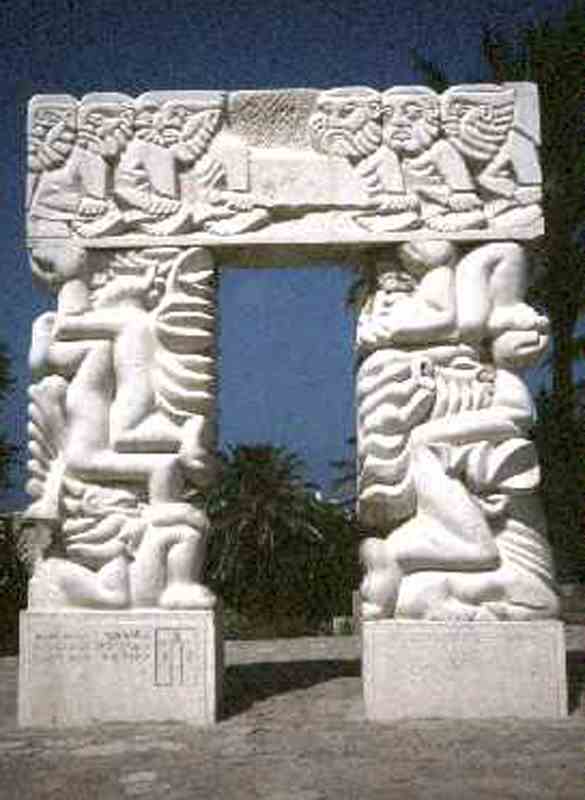
Roman ruins at Jaffa.
Excavations have uncovered various civilizations.
Some buildings remain from the Turkish occupation.
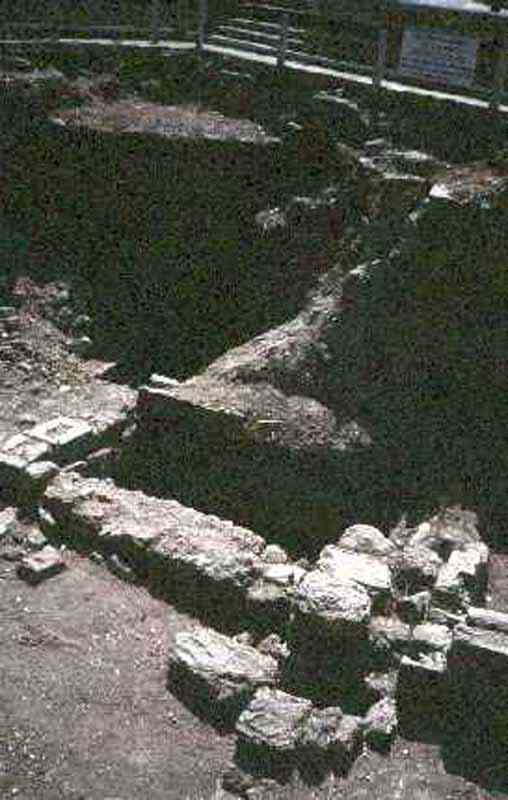
Looking at Tel Aviv from Jaffa.
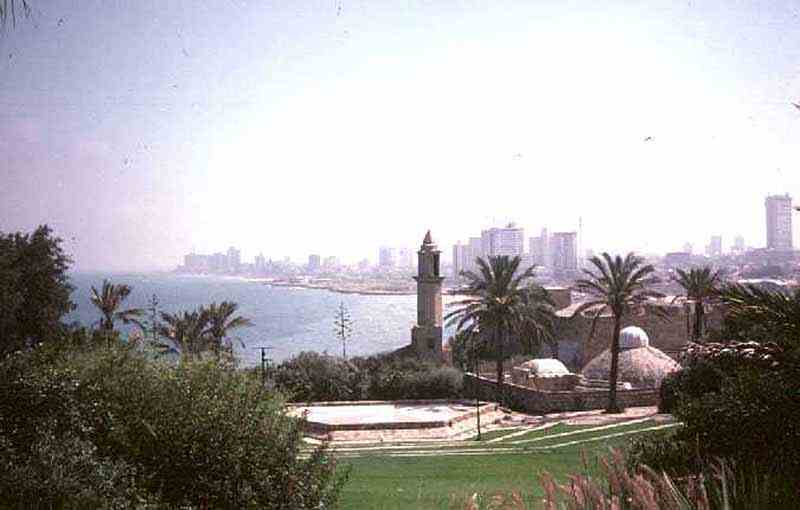
Weizmann Scientific Institute in Tel Aviv.
Weizmann was a scientist (biochemist) who became the first President of Israel.
He developed a particular type of acetone in Britain which was used in munitions in World War 1.
This is a world renown post graduate institute.
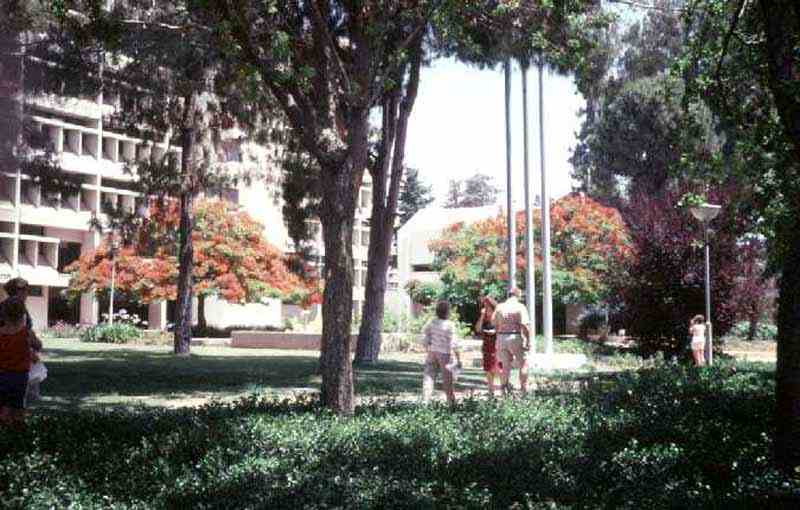
Caesarea - the former capital of the Roman province of Judea.
There were amphitheatre, hippodrome and aqueduct ruins here
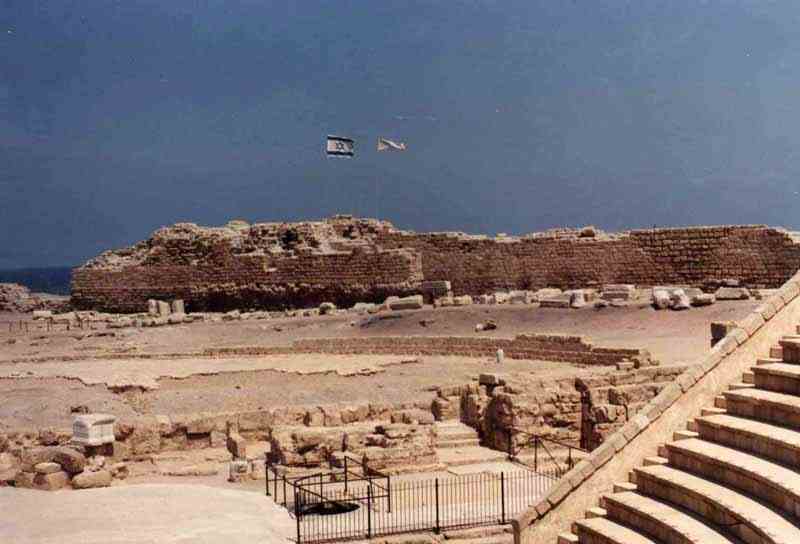
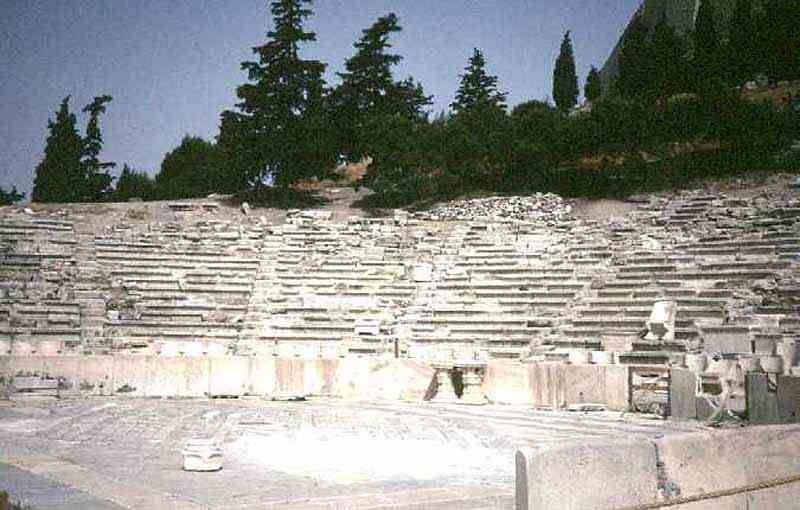
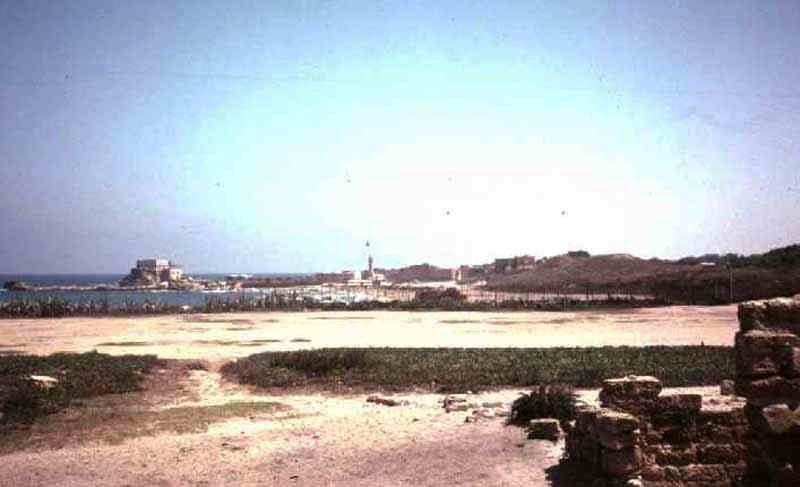
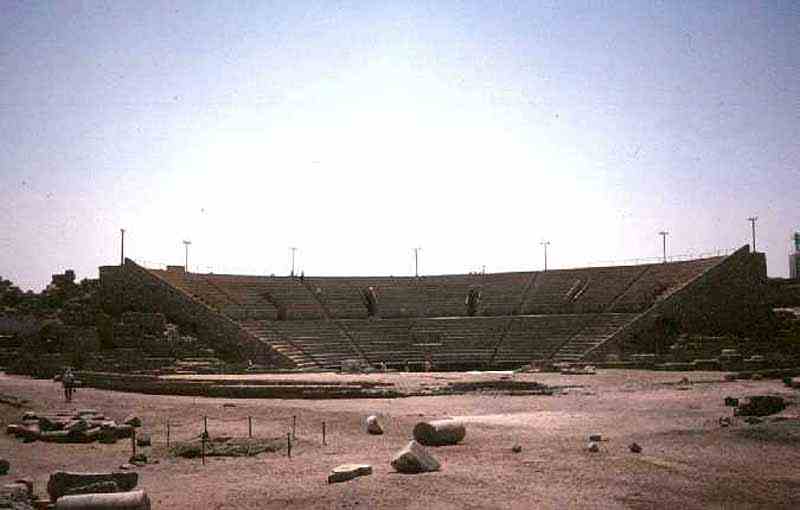
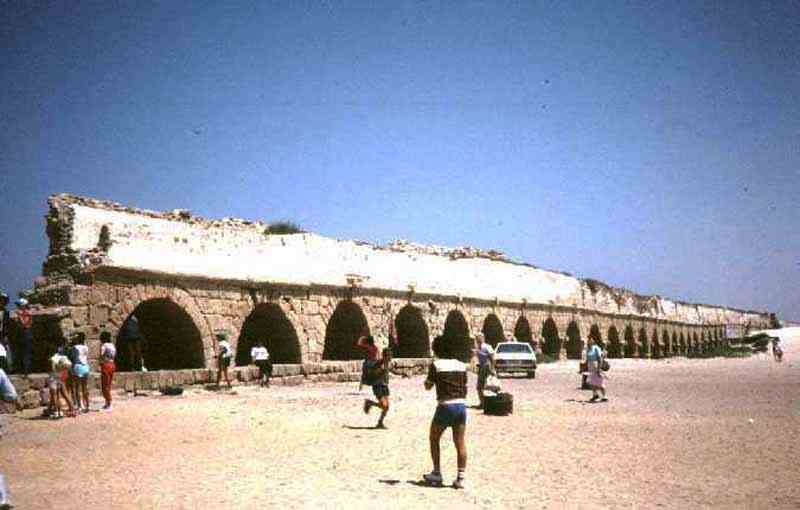
Haifa, Israel's third largest city.
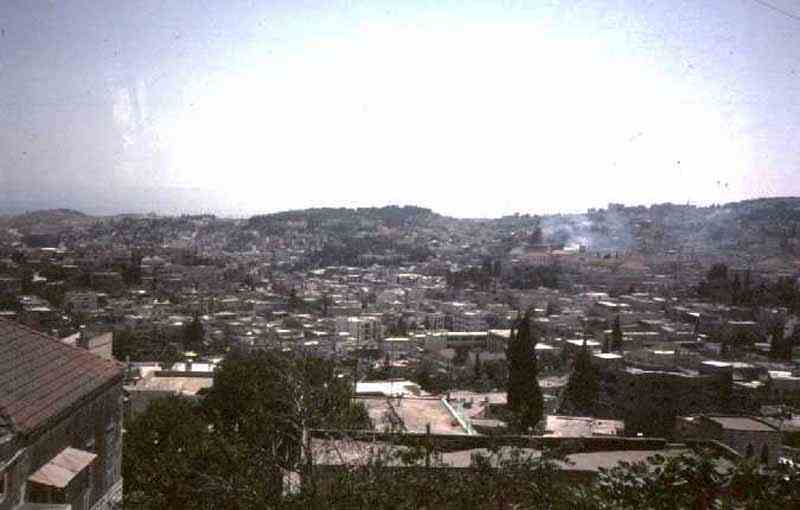
Mt. Carmel

Nazareth
The Roman Catholic Church of the Annunciation at Nazareth (completed 1966, on the site of a previous church of 1730 and a crusader foundation).
It has an upside down lotus flower as its roof.
In it is the Grotto of the Annunciation, where, according to the New Testament, the archangel Gabriel appeared to the Virgin Mary
and announced that she was to be the mother of Jesus (Luke 1:26-31). The grotto has part of a mosaic floor dating back to the 5th-6th century.
The Church of the Annunciation is the largest Christian house of worship in the Middle East.
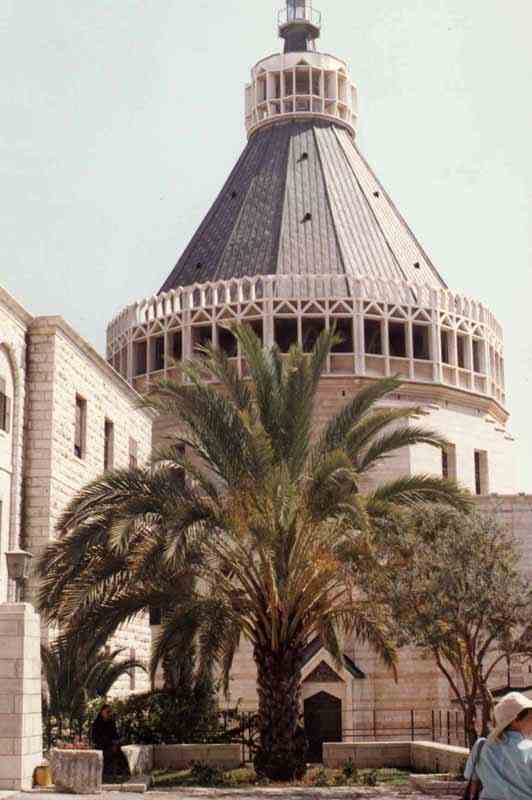
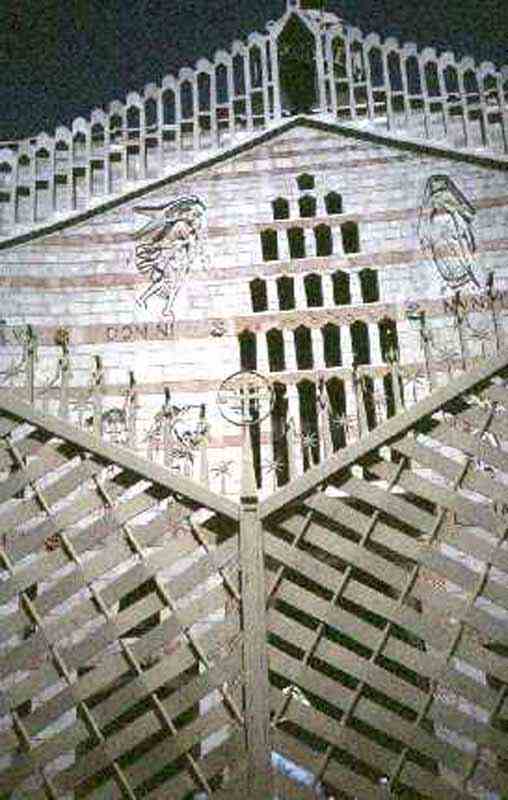
Galilee
On the Sea of Galilee. We sailed past the site of the loaves and the fishes.
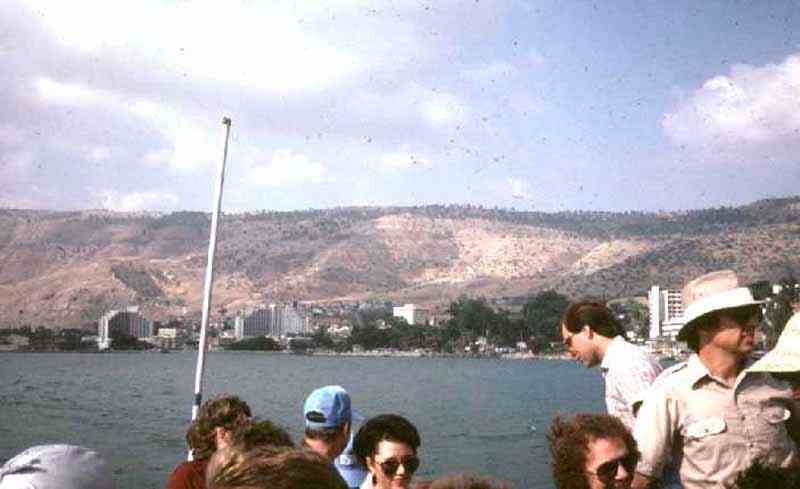
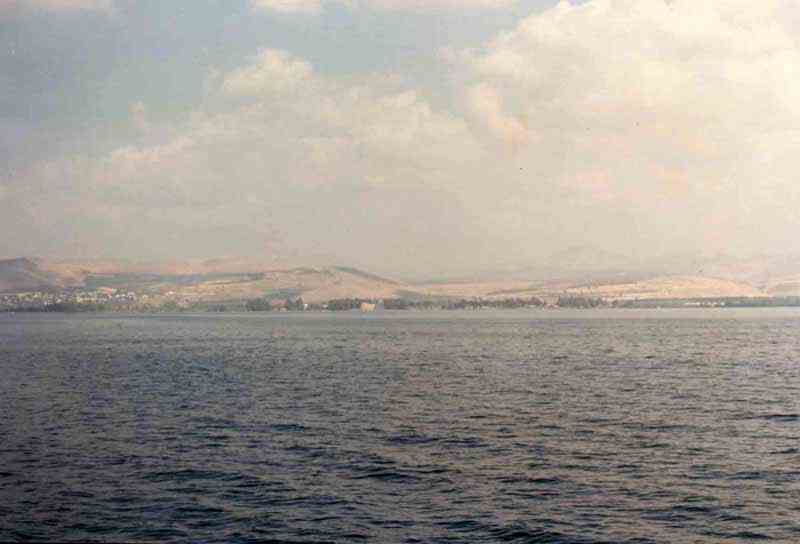
Kibbutz Ginosar on the Sea of Galilee. We stayed overnight here.
This kibbutz has tourism, fishing, farming (bananas, citrus fruit, wheat etc), electronic medical equipment manufacture as its income.
Parents finish work at 4pm and then visit their children and eat with them (3-6-kindergarten house, 6-12-school house-one per year,
13-youth movement, 14-18-high school in nearby Tiberius.
Everybody is equal and jobs are rotated.
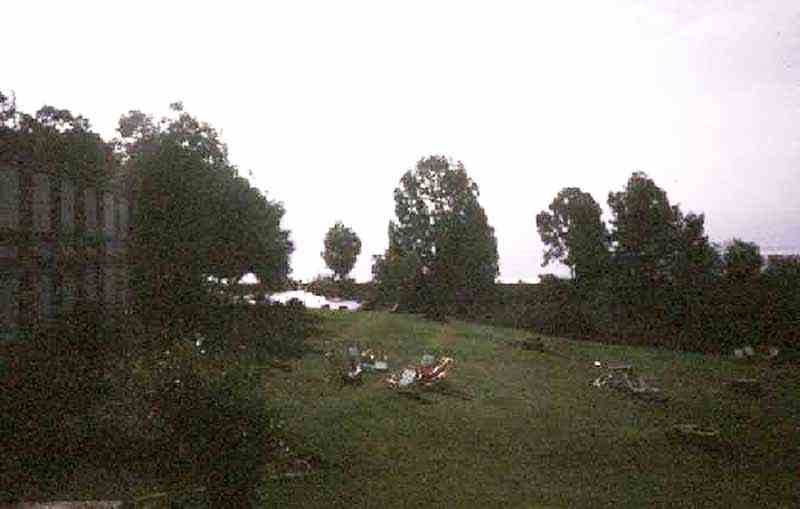
An ancient olive press at Capernaum. Olive oil, which is smokeless fuel, was used in menoras.
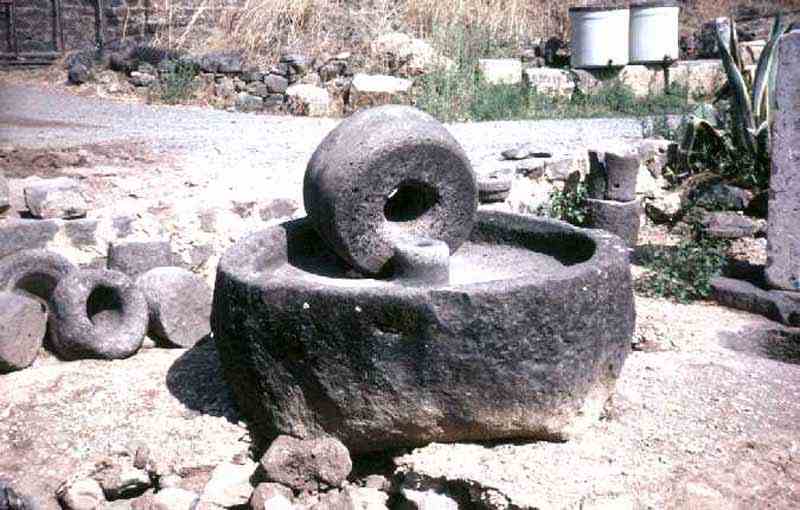
Among the remains discovered during the excavations at Capernaum on The Sea of Galilee was a rectangular synagogue dating from the 2nd-3rd century AD.
An older synagogue dating from the time of Christ may be buried beneath its foundation.
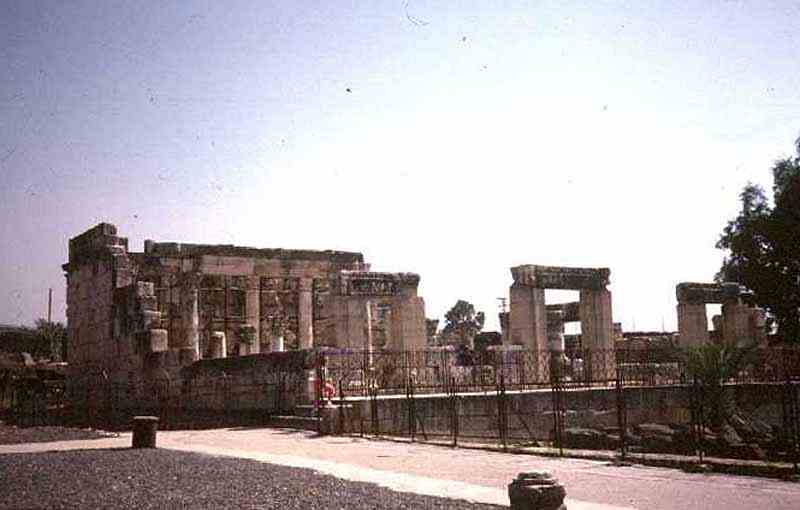
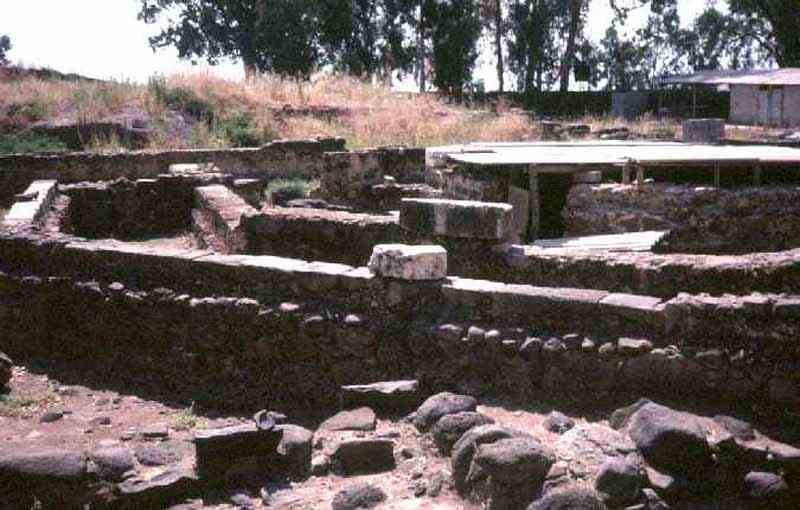
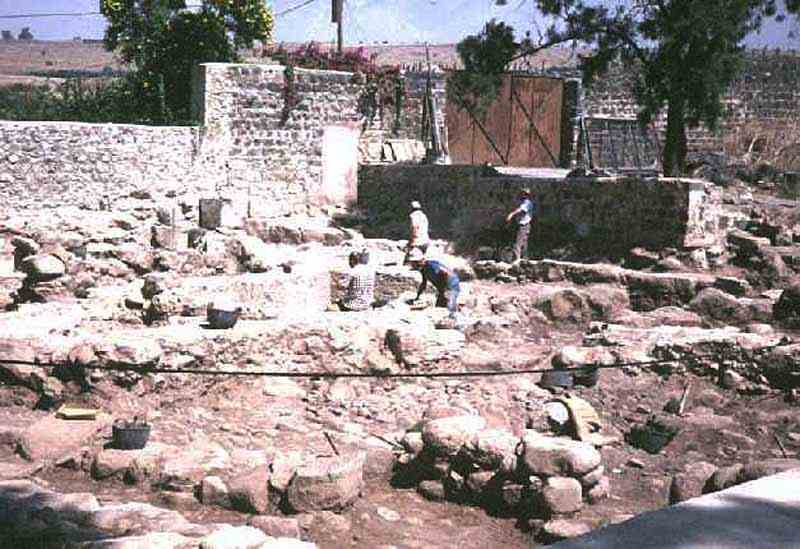
This octagonal church is built on the site of the Sermon on the Mount.
"Blessed are the meek: for they shall inherit the Earth."
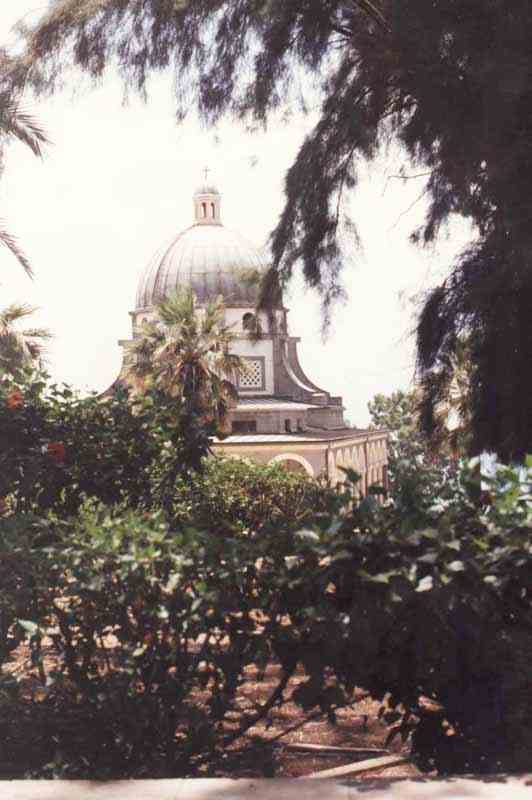
Crossing over The River Jordan not far from where it flows out of The Sea of Galilee.
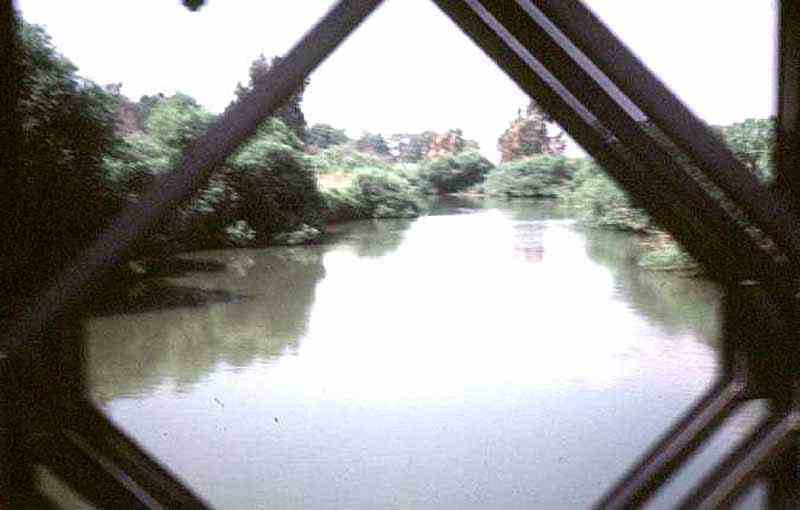
A former Syrian bunker on The Golan Heights.
Israel gained this area after the 6 day war in 1967.
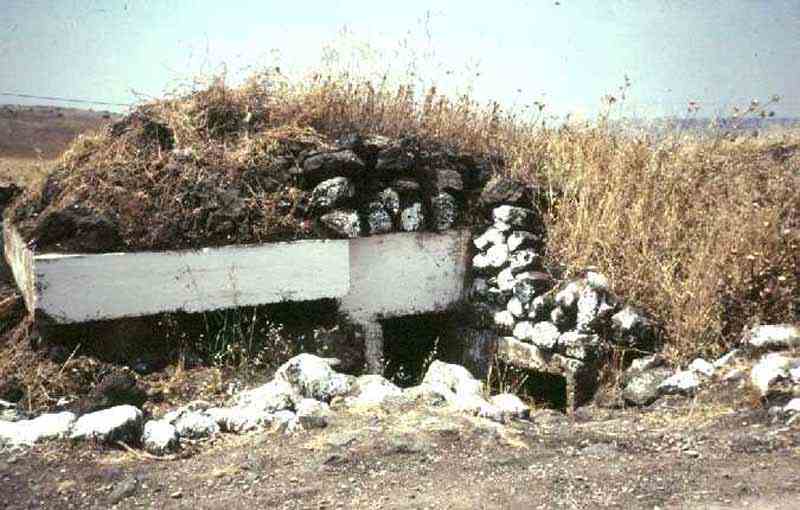
Overlooking the Jordan Valley from The Golan Heights.

Overlooking The Sea of Galilee.

Jericho
Excavations at Jericho have uncovered a stone tower which has been dated to 12000BC.
This may be the remains of the oldest organised community in the world - the first where mankind stayed in the one place.
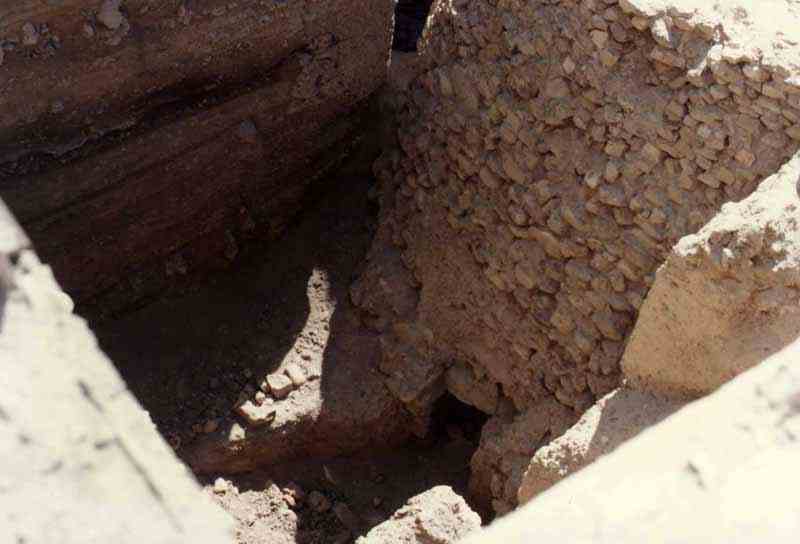
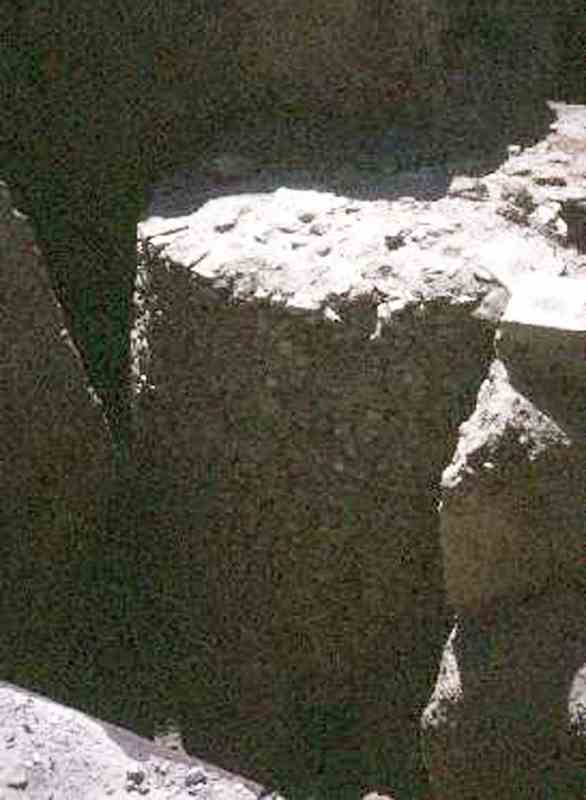

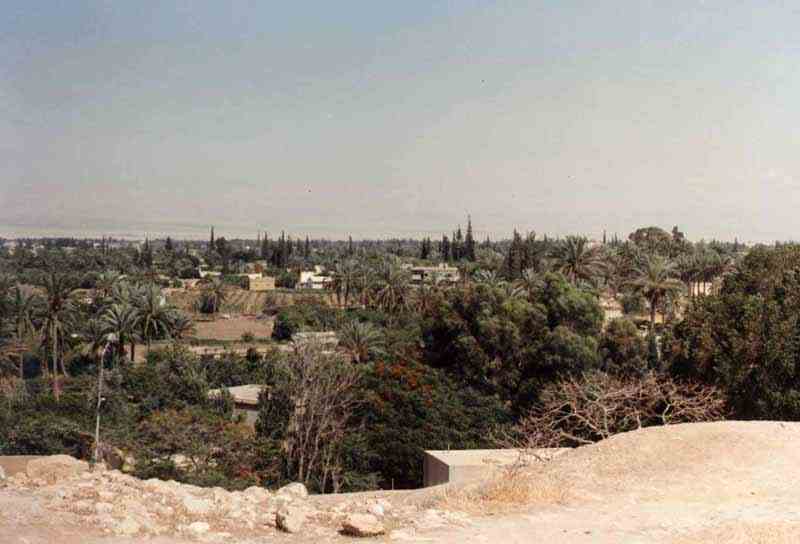
Dead Sea
Reading the paper in the Dead Sea. The water was very slimy from the large concentration of salt.
The lowest land on the Earths surface.
33% salt (of various types) content, compared to 3% in the ocean.
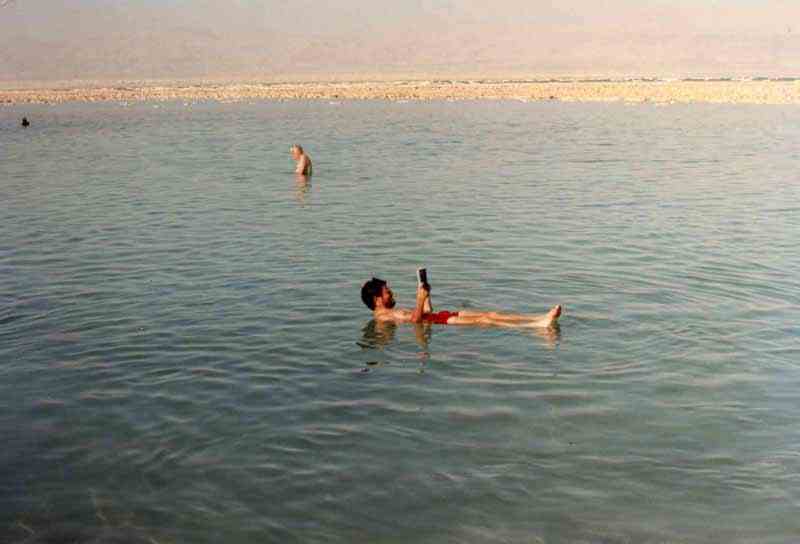
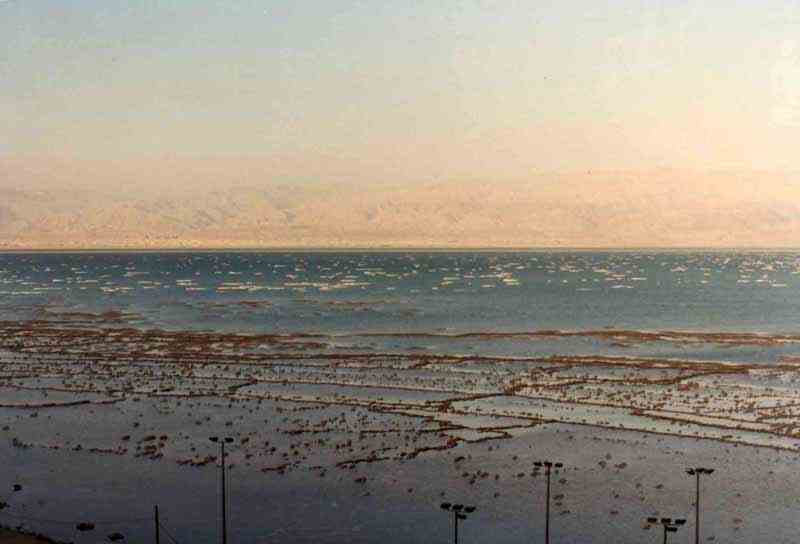
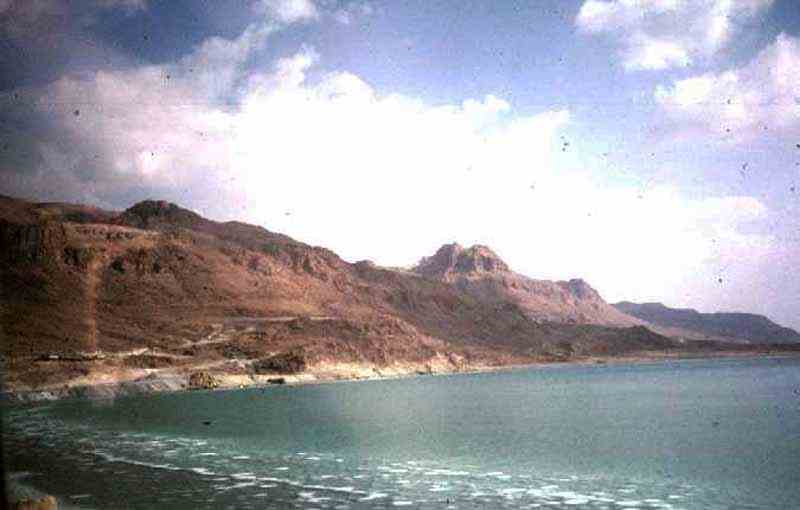
Masada
Masada was chiefly developed by Herod, who made it a royal citadel.
His constructions included two ornate palaces (one of them on three levels), heavy walls, defensive towers,
and aqueducts that brought water to cisterns holding nearly 750,000 litres.
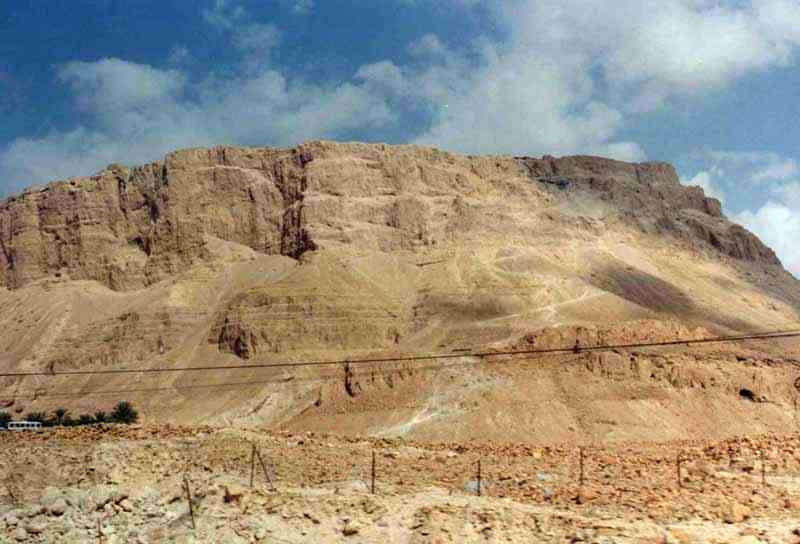
Ruins of old storehouses on the top of Masada. After Herod's death (4 BC), Masada was captured by the Romans, but the Zealots,
a Jewish sect that staunchly opposed domination by Rome, took it by surprise in AD 66.
The steep slopes of the mountain made Masada a virtually unassailable fortress.
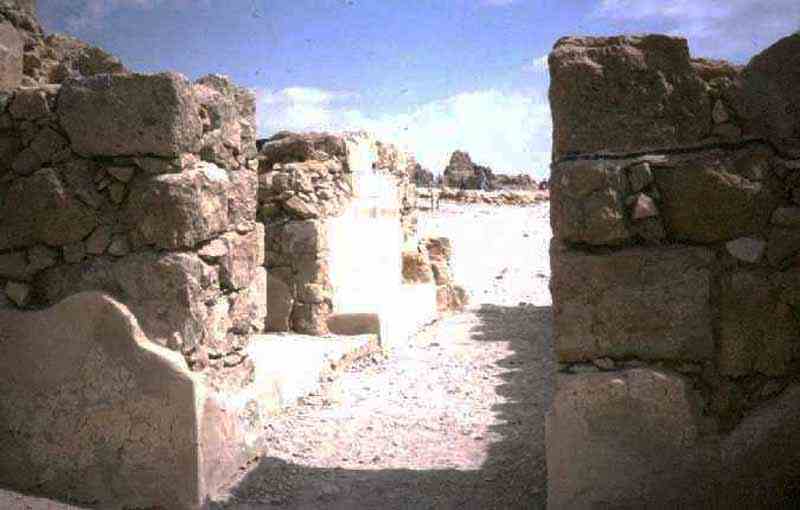
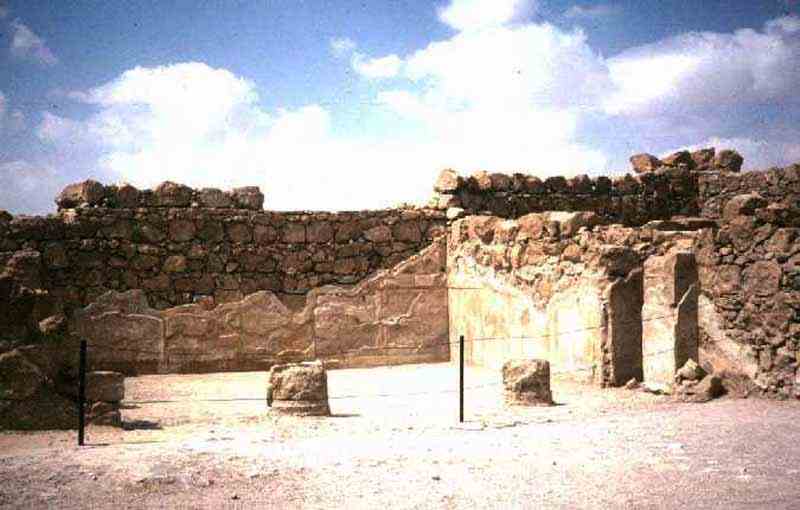
Roman tiled floors at Masada.
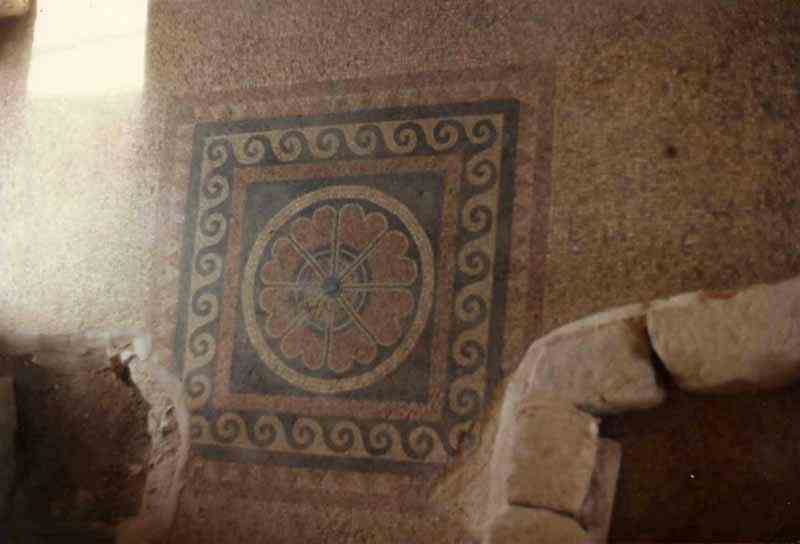
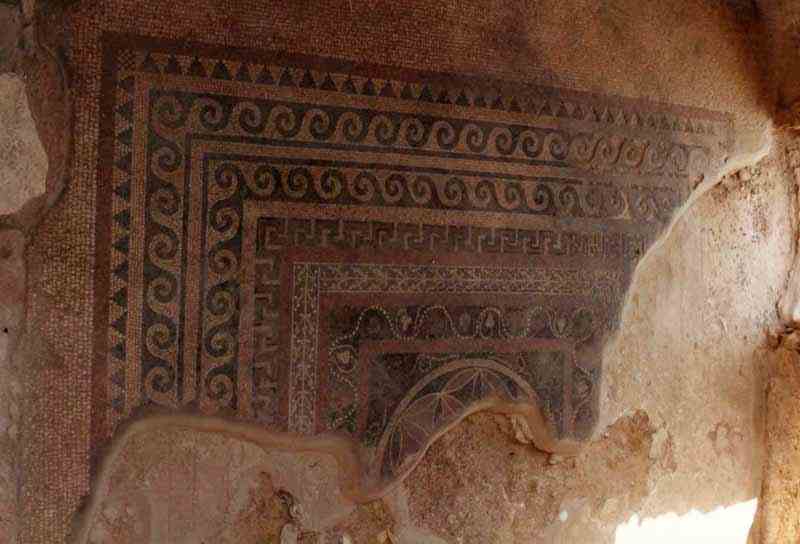
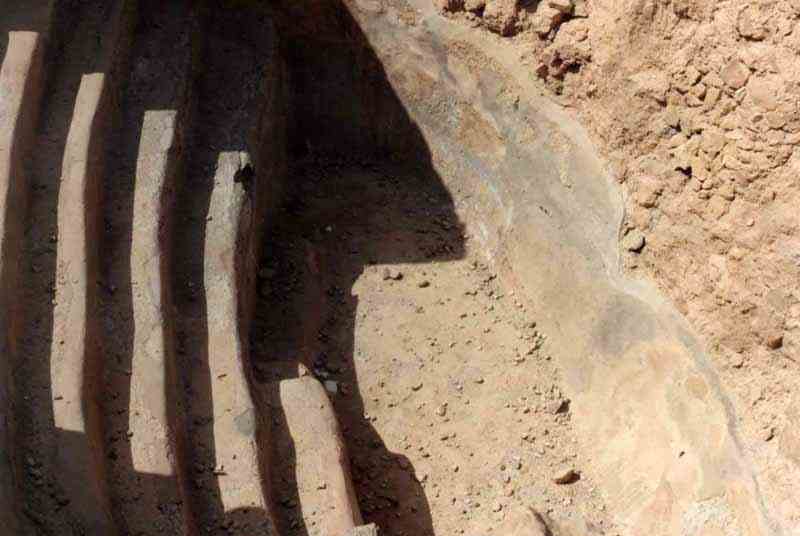
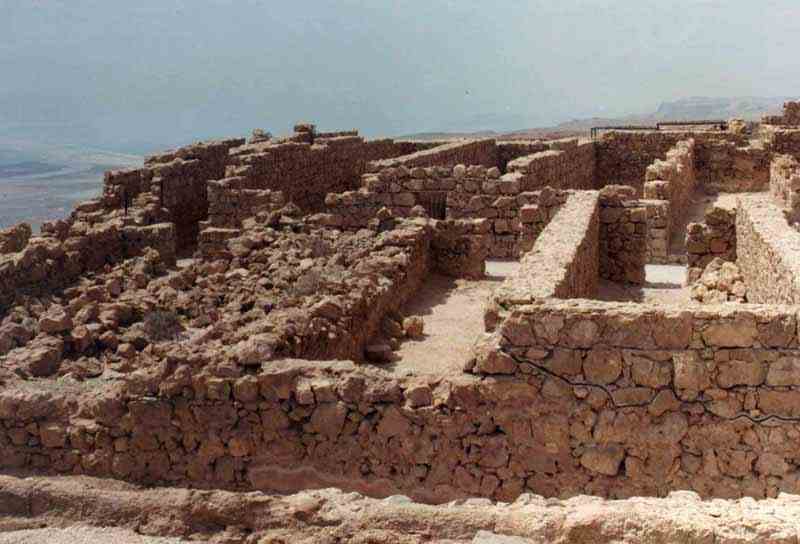
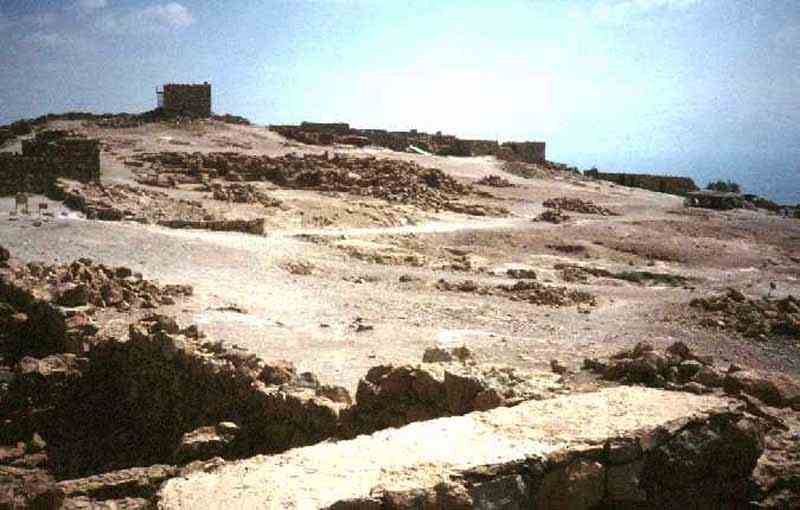
A view of the old Roman camp at the base of Masada.
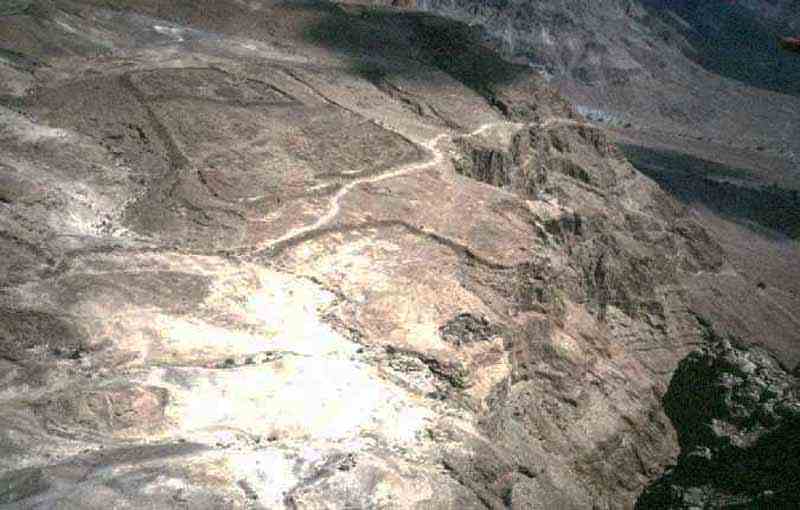
Our Israeli Insight tour director.
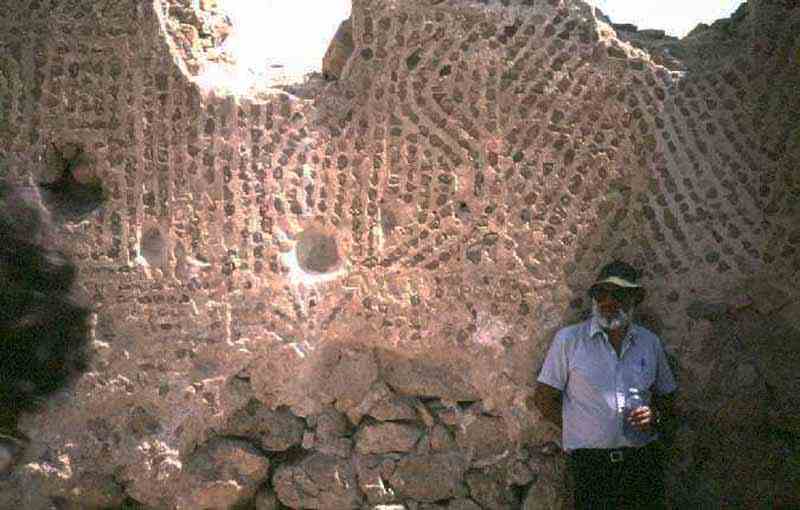
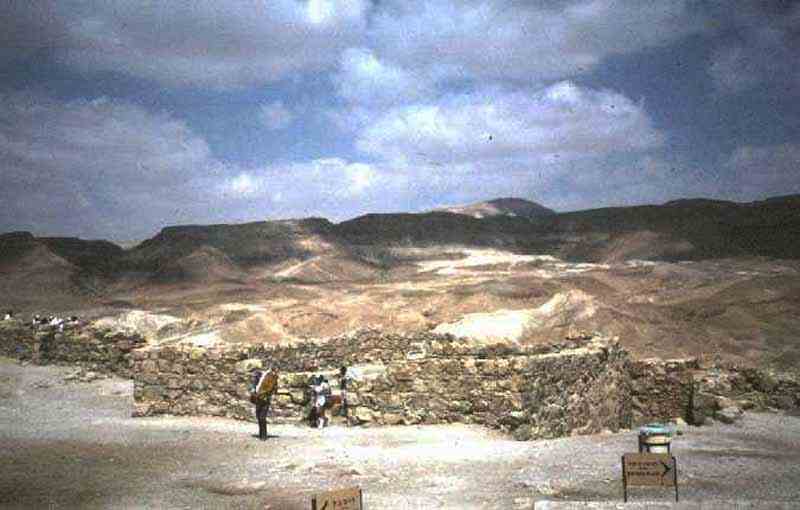
Remains of Roman murals at Masada.
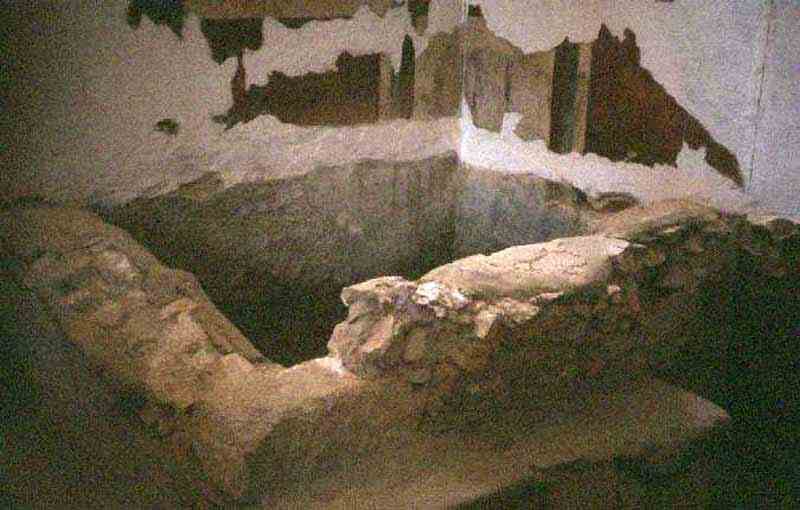
The remains a tower at Masada.
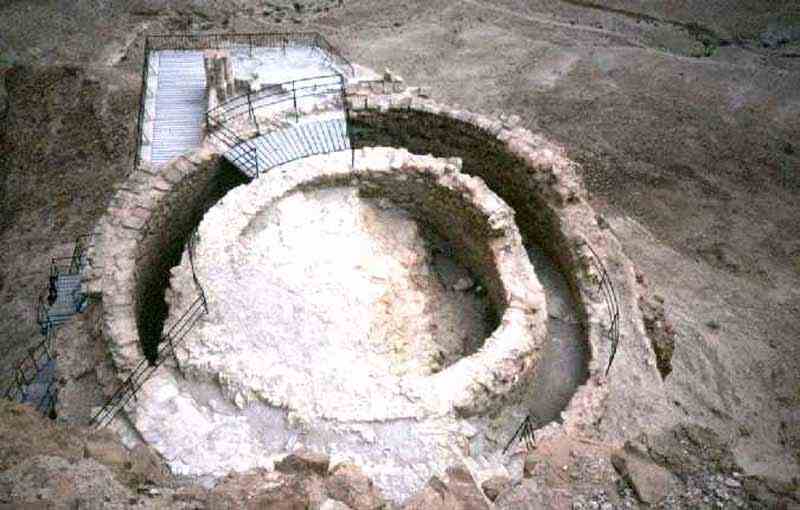
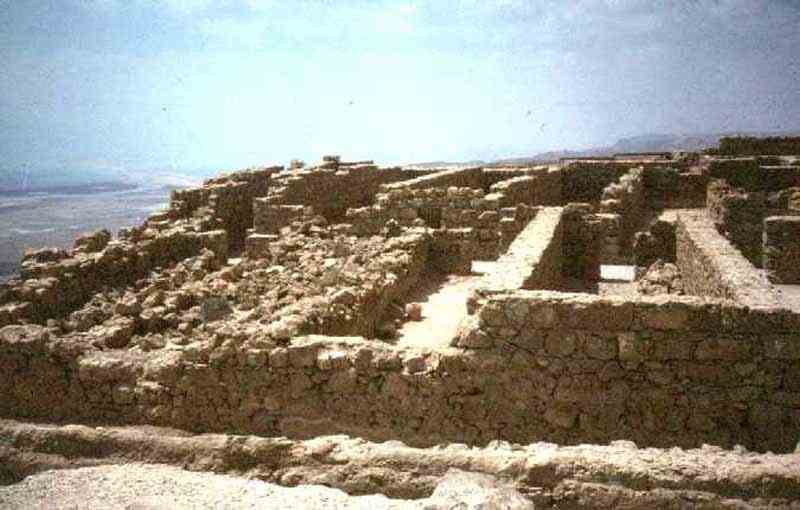
A view of the chairlift and the rugged nature of Masada.
Masada's unequaled defensive site baffled even the Romans' highly developed siege craft for a time.
It took the Roman army of almost 15,000, fighting a defending force of less than 1,000,
including women and children, almost two years to subdue the fortress.
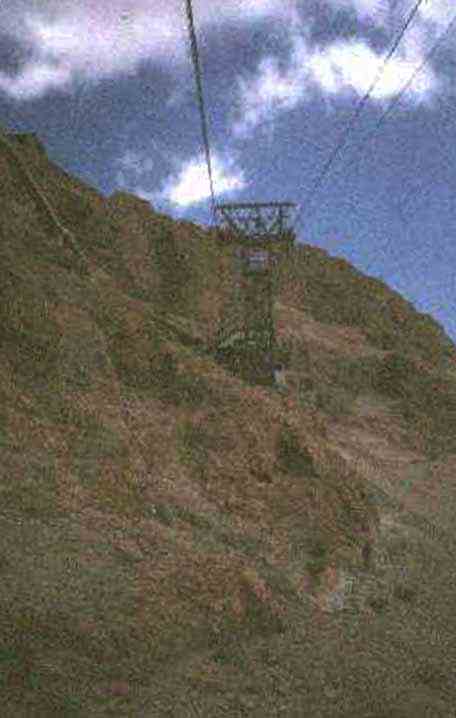
The besiegers built a sloping ramp of earth and stones to bring their soldiers within reach of the stronghold,
which fell only after the Romans created a breach in the defenders' walls.
The Zealots, however, preferred death to enslavement, and the conquerors found that the defenders,
led by Eleazar ben Jair, had taken their own lives (April 15, AD 73).
Only two women and five children - who had hidden in a water conduit - survived to tell the tale.

Looking across to The Dead sea from Masada.
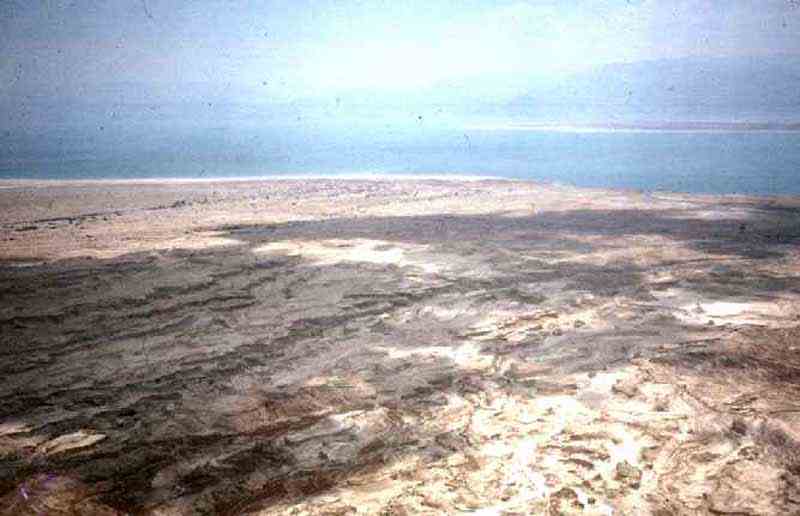
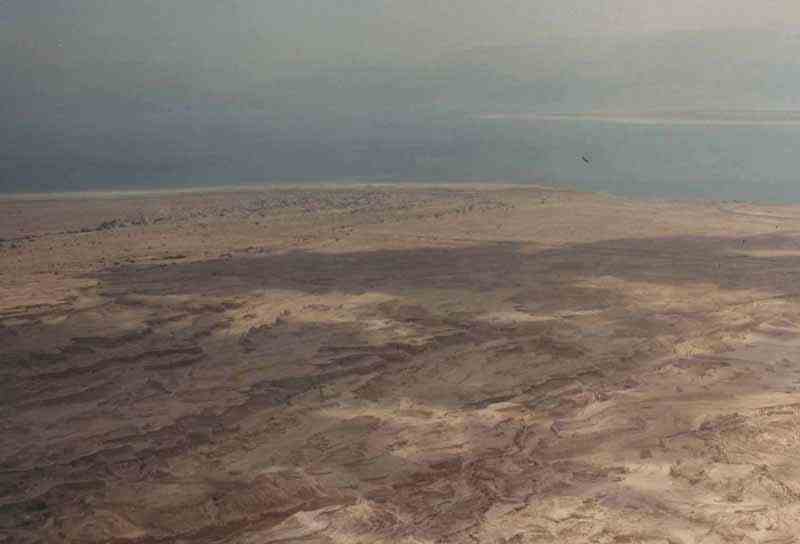
Animals belonging to Bedouins near Masada.
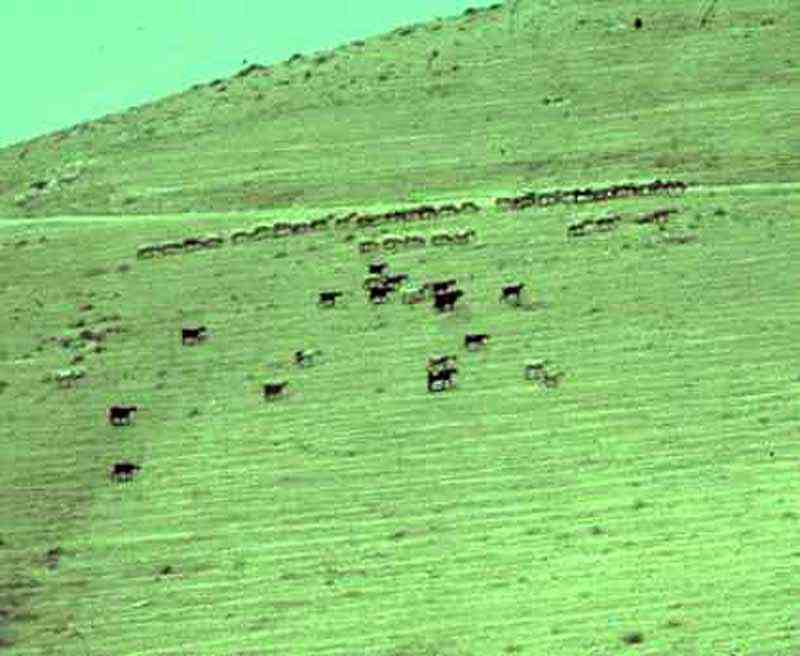
Jerusalem
A Jewish kingdom existed here over 2500 years ago under a succession of rulers that included David and Solomon,
but after conquest by the Assyrians, the Babylonian and the Greeks, it finally fell prey to the Romans in 63 BC.
The Jews revolted but were defeated.
As a punishment Jerusalem was destroyed and the Jews were sent into exile that could be said only to come to an end after WW2
with the establishment of the independent state of Israel.
Overlooking Jerusalem.
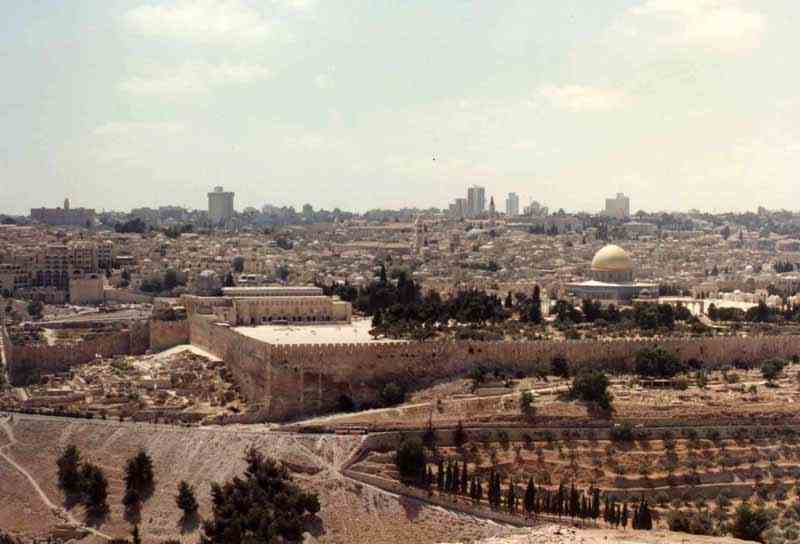
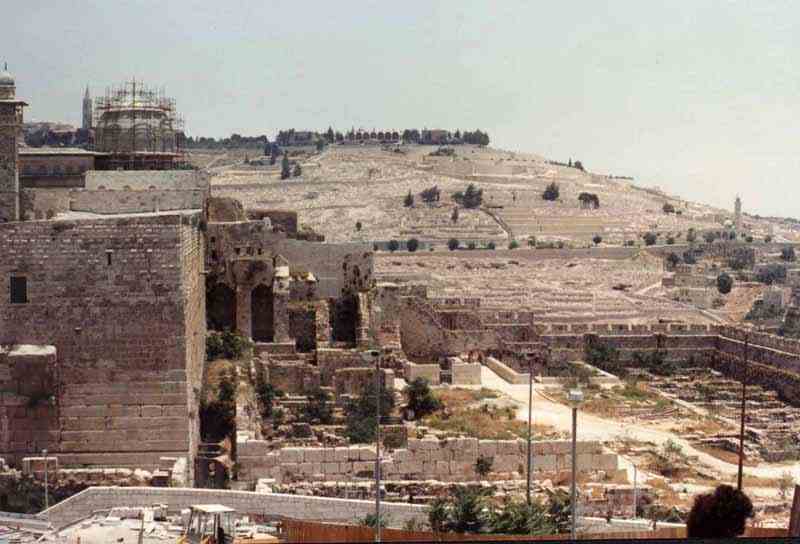
Ruins of past civilizations in Jerusalem.
We
stayed at The Windmill Hotel just outside the walls of the old city.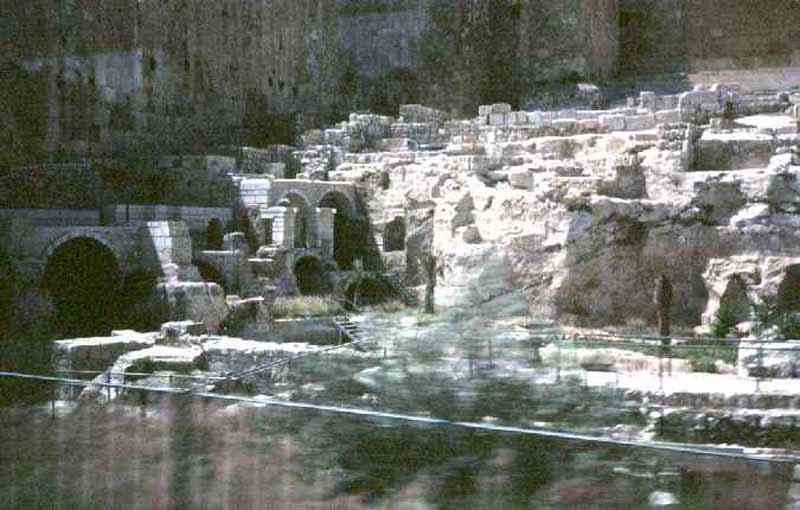
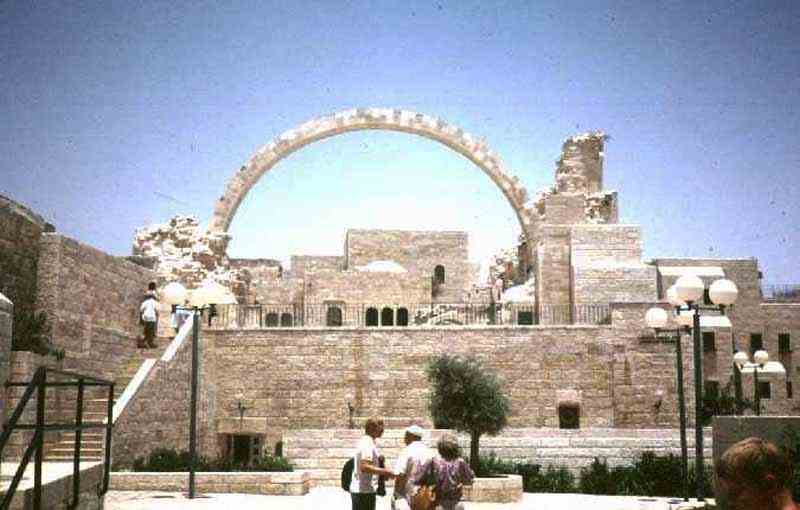
Damascus Gate
The wall that encloses the present-day Old City of Jerusalem was built in the sixteenth century by the Ottoman ruler Suleiman the Magnificent.
Originally it had seven gates; an eighth, aptly named New Gate, was added in the late nineteenth century.
The largest and most splendid of the portals is Damascus Gate.
Located on the wall's northern side it is adjacent to ruins attesting that this has been the site of the city's main entrance since ancient times.
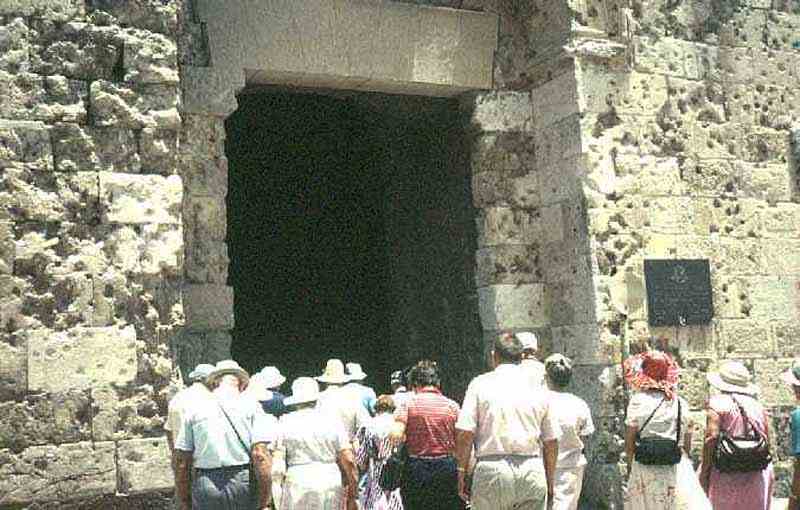
The Western Wall (Wailing Wall) is a place of prayer and pilgrimage sacred to the Jewish people.
It is the only remains (the retaining wall of the foundations) of the Second Temple of Jerusalem,
held to be uniquely holy by the ancient Jews and destroyed by the Romans in AD 70.
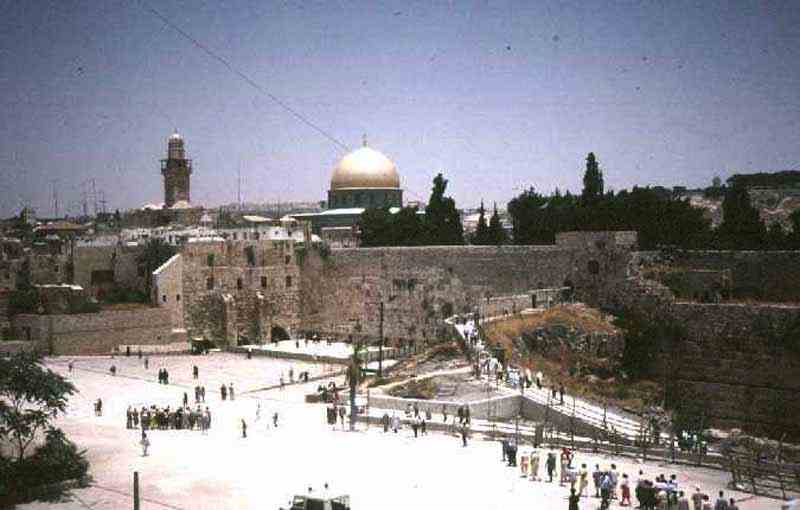
A closer view of The Western Wall (Wailing Wall). It is segregated into male and female sections. This is part of the male section.
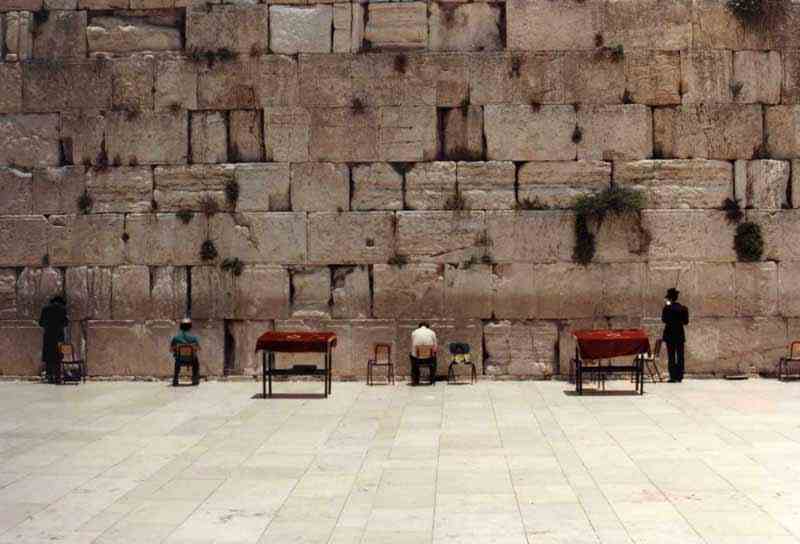
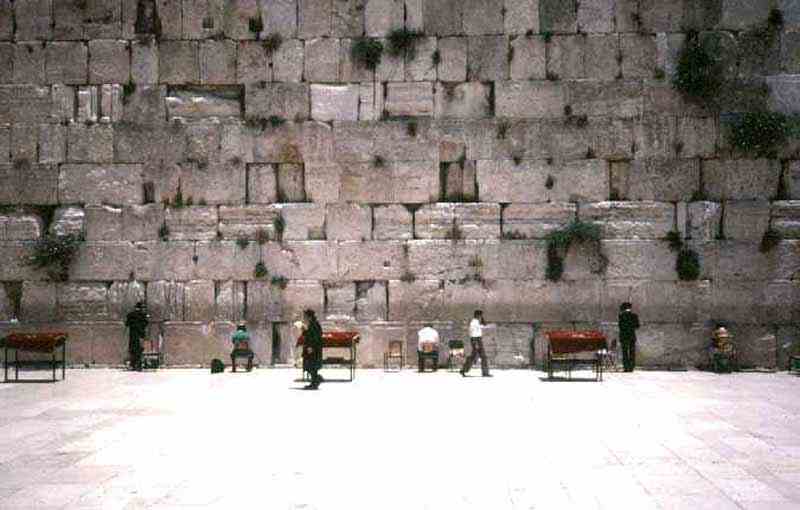
The Dome of the Rock Mosque. Beautifully tiled inside and out. The dome is magnificently painted a golden colour inside.
Inside is a large rock upon which Abraham is said to have offered Isaac as a sacrifice and from which Mohamed is said to have ridden his horse to heaven.
We were able to touch the rock through a barrier.
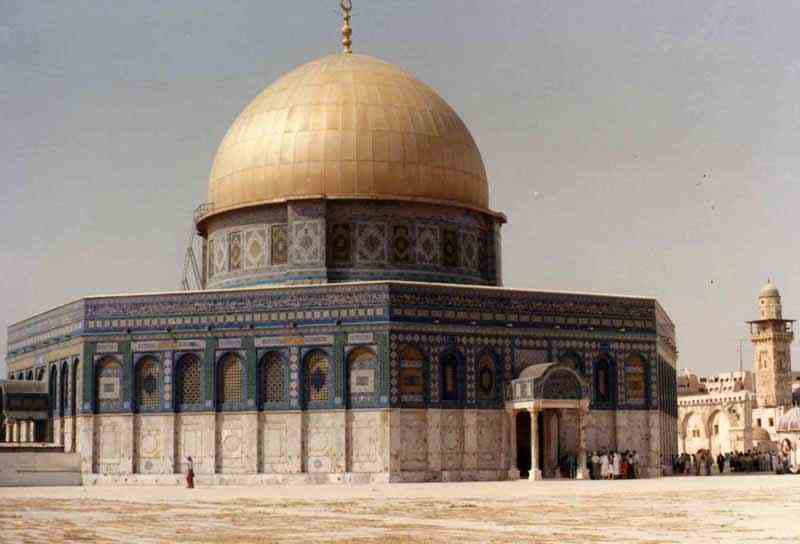
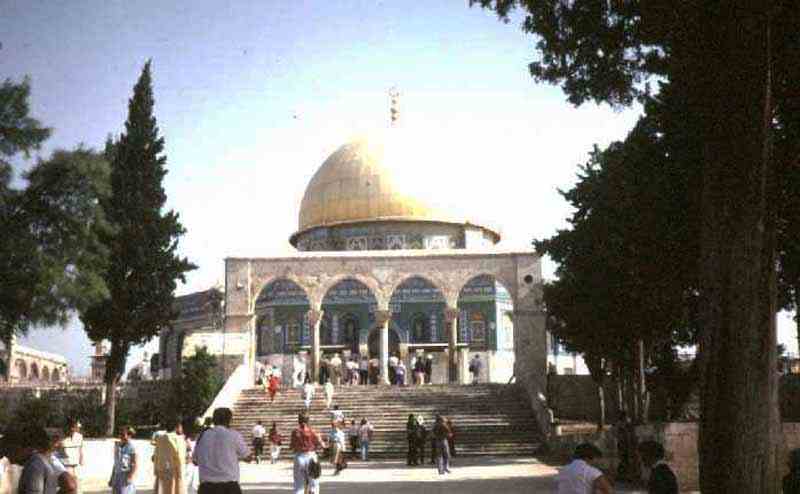
The Al Aqsa Mosque, the third most holy Islamic mosque (after Mecca and Medina).
It dates from the 10th century.
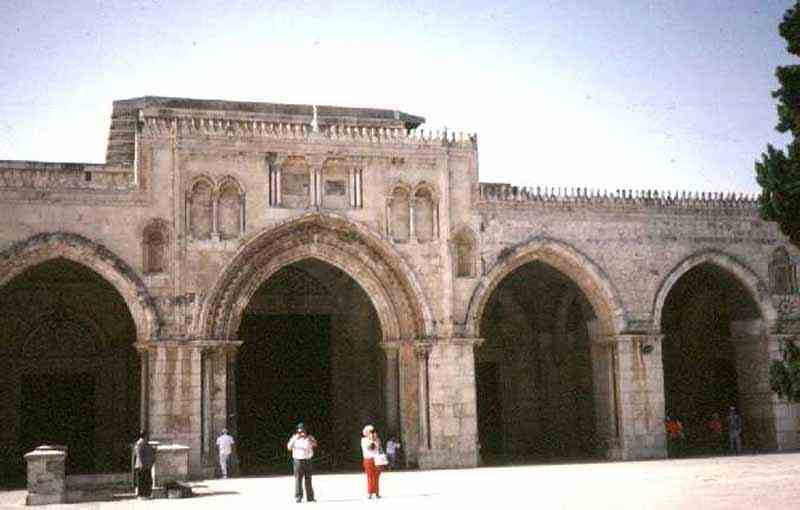
King David's tomb in Jerusalem.
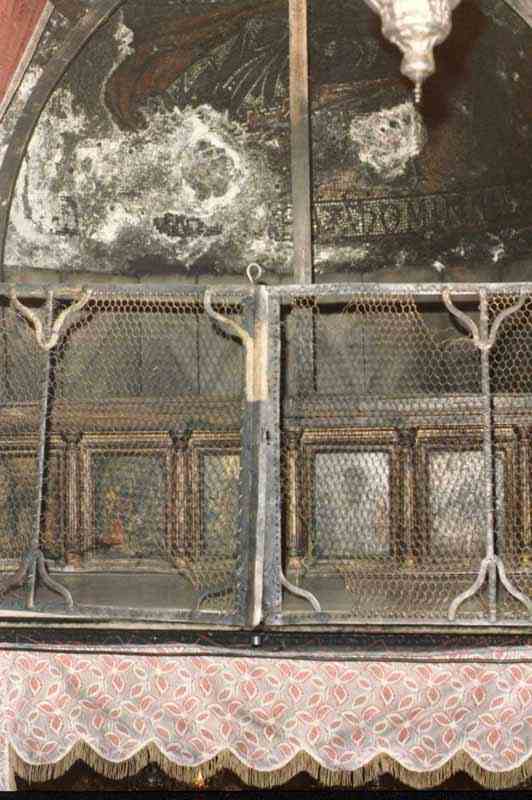
Bethleham
The
entrance to The Basilica of The Nativity A Greek Orthodox church, it is
one of the oldest working churches in the world.
The grotto in this church is said to be on the site where Jesus was
born.
There were mosaics on the floor of the church dating from the 4th
century.
Note how the door has changed over the centuries.
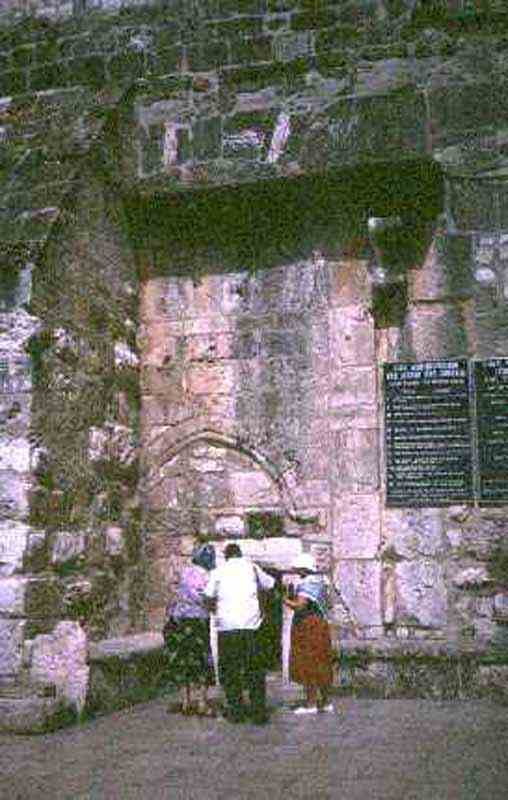
The end of
an interesting and historic week in Israel.
After lots of security checks we left Ben Gurion airport on an Air
Sinai flight for Cairo.